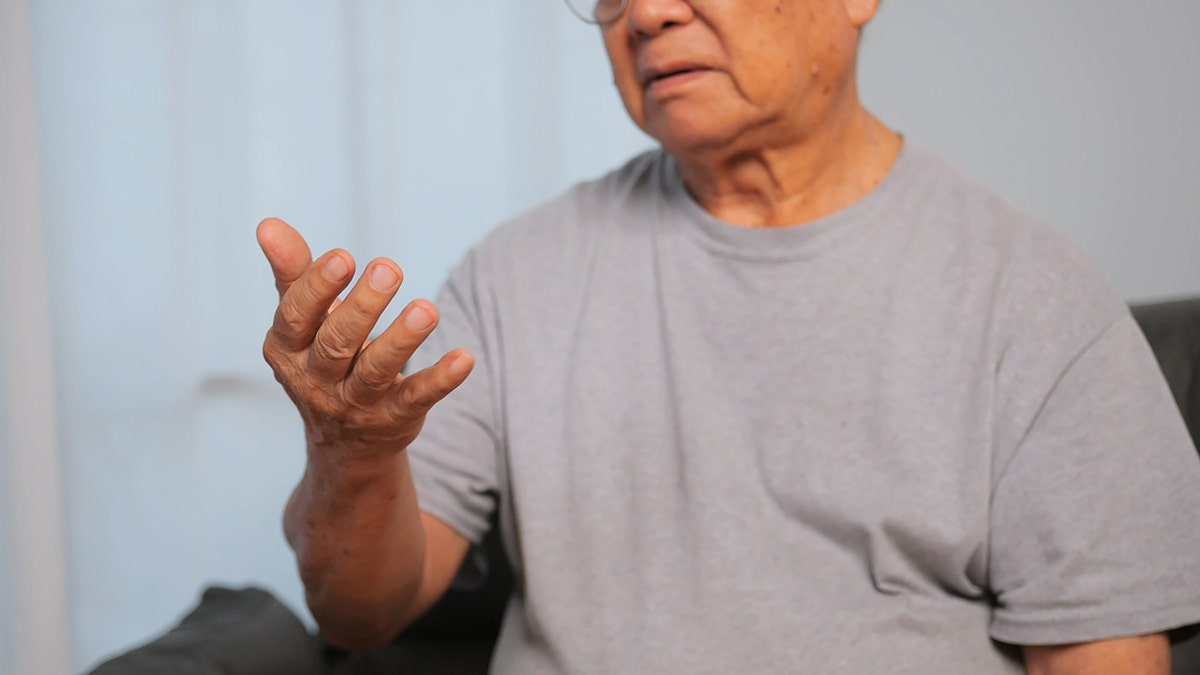A recent study reveals the potential of dance to alleviate depression symptoms in individuals with Parkinson's disease. Published in the Journal of Medical Internet Research, the research indicates that regular dance classes not only eased depression but also led to observable changes in mood-related brain areas.
Senior researcher Joseph DeSouza, an associate professor of neuroscience at York University in Toronto, expressed his excitement about the findings, stating, "It was remarkable to observe the positive impact of dance on the mood circuits in the brain, which were visible through neuroimaging." He further emphasized that these improvements, detected through MRI scans, aligned with the participants' self-reported experiences.

The study involved 23 Parkinson's patients participating in the Sharing Dance Parkinson’s program at Canada’s National Ballet School, along with a control group of 11 healthy individuals. Over eight months, participants engaged in weekly dance classes, starting with basic movements and progressing to more complex choreography.
Researchers focused on the subcallosal cingulate gyrus (SCG), a brain region linked to depression. They assessed mood and depression scores before and after each class, alongside regular MRI scans. The results showed a consistent decrease in reported depression rates after each session, with substantial improvement over the eight-month period.

MRI scans revealed reduced signals in a frontal cortex area associated with emotional regulation. Furthermore, a significant correlation was observed between decreased depression scores and changes in the SCG node in a subset of participants. Co-author Dr. Karolina Bearss, a professor at Algoma University, explained that the SCG blood oxygen level-dependent signal decreased during dance over time.

The study highlights the non-motor symptoms experienced by Parkinson's patients, including mental and social well-being impairments like depression. Dr. Bearss emphasized the importance of addressing these aspects, stating, "Individuals with Parkinson's experience a range of symptoms beyond motor difficulties, impacting their mental and social well-being, including depression." This research builds on previous findings by the same team, demonstrating the positive effects of dance training on motor control, mood, and daily living functions in Parkinson's patients.
While dance is not a cure for Parkinson's, Professor DeSouza, who has been dancing with program participants for 14 years, emphasized its clear benefits for improving quality of life for both patients and their families. He stated, "Our aim is not to cure Parkinson's with dance, but to enhance the quality of life for those living with the disease and their caregivers." The Michael J. Fox Foundation for Parkinson’s Research notes that up to half of all Parkinson’s patients experience depression or anxiety.
This research underscores the value of dance as a complementary therapy for Parkinson's disease, offering a potential avenue for managing depression and improving overall well-being. Previous research has also indicated the effectiveness of structured dance in improving psychological and cognitive outcomes for individuals with chronic illnesses and healthy individuals alike.
Comments(0)
Top Comments